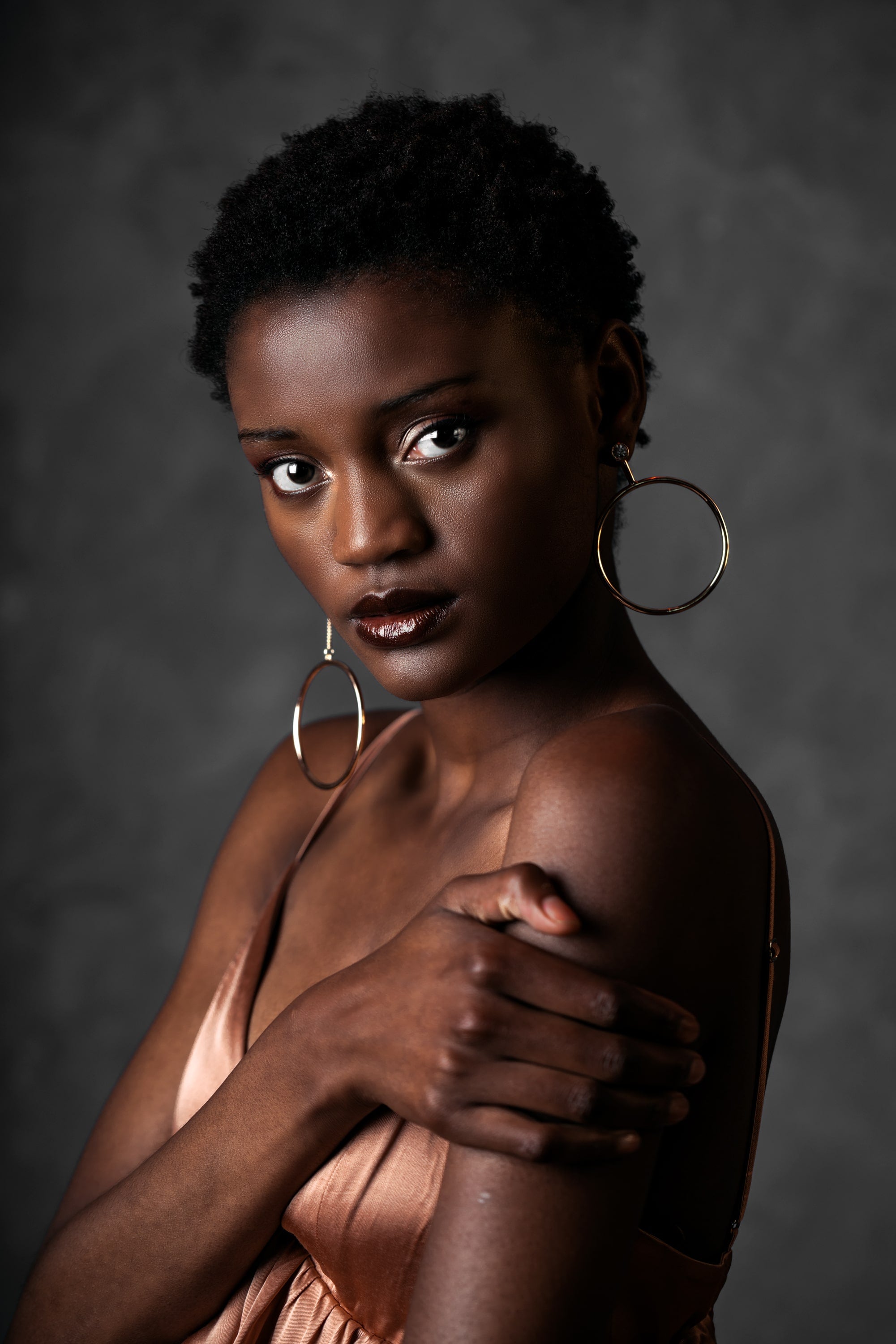Walk down the skincare aisle or browse any online beauty store, and you’ll find product labels filled with promises: “natural,” “clean,” “dermatologist-approved,” “non-toxic.” But beyond the marketing, what really matters is what’s inside—and the truth lives in the ingredient list.
At Bailin Botanicals, we’re passionate about ingredient integrity. We believe that you have the right to know exactly what you’re putting on your skin, and why it matters. That starts with learning how to read a skincare label—not just the pretty part on the front, but the small print on the back.
It’s not about memorizing every Latin botanical name or becoming a chemist. It’s about gaining a simple, confident understanding of what ingredients support your skin—and which ones don’t.
Where to Start: Understanding the Order
Skincare labels list ingredients in descending order by weight. That means the first few ingredients typically make up the majority of the formula, while those at the bottom are present in smaller (but sometimes still effective) amounts.
If a brand highlights a key ingredient like “rosehip oil” but it’s buried at the very end of the list, that’s a red flag. On the other hand, seeing beneficial actives—like aloe vera, calendula, or sea buckthorn—up near the top is a good sign that the product delivers what it claims.
Ingredients to Embrace
We always encourage looking for ingredients your skin recognizes and benefits from: plant-based oils, botanical extracts, antioxidants, natural humectants like glycerin, and essential fatty acids. These ingredients work with your skin’s biology, not against it.
But equally important is knowing what to avoid.
Ingredients to Avoid in Skincare
1. Synthetic Fragrance (Parfum)
Often listed vaguely as “fragrance” or “parfum,” this term can include dozens of undisclosed chemicals—many of which are known irritants or allergens. Fragrance is one of the most common causes of skin sensitivity, especially for those with hormonal or reactive skin.
2. Parabens
These synthetic preservatives (often ending in -paraben, like methylparaben or propylparaben) have been widely used for decades. However, concerns around their potential to mimic estrogen and disrupt hormones have led many clean brands—including Bailin Botanicals—to leave them out entirely.
3. Phthalates
Usually hidden in fragrance, phthalates help scent last longer—but at a cost. They’ve been linked to hormone disruption and reproductive toxicity. If a product uses synthetic fragrance and doesn’t specify “phthalate-free,” it likely contains them.
4. Sulfates (SLS / SLES)
Common in cleansers and foaming products, sodium lauryl sulfate and sodium laureth sulfate can strip the skin’s natural oils, leaving it dry, tight, or irritated. Especially problematic for sensitive or aging skin, these ingredients are better left out.
5. Formaldehyde-releasing preservatives
You won’t see “formaldehyde” listed outright, but you may spot ingredients like DMDM hydantoin, imidazolidinyl urea, or quaternium-15. These release small amounts of formaldehyde over time—an ingredient classified as a known carcinogen.
6. PEGs and Ethoxylated Ingredients
Often used as thickeners or emulsifiers, polyethylene glycols (PEGs) are processed with ethylene oxide, which can leave behind harmful contaminants like 1,4-dioxane. Not only are they potentially toxic, but they can also weaken the skin’s protective barrier.
What “Natural” Doesn’t Always Mean
Here’s something not everyone tells you: “natural” isn’t a regulated term in skincare. Any brand can call their product natural—even if it contains just one botanical extract and dozens of synthetics.
That’s why at Bailin Botanicals, we go beyond marketing. We use whole-plant extracts and active botanicals in formulas that are both clean and effective—without compromising safety, sustainability, or transparency.
Simple Rules to Follow
If a label makes you pause, there’s probably a reason. When in doubt:
- Look for short, clear ingredient lists.
- Watch for plant-based actives near the top.
- Be cautious of vague words like “fragrance” or “blend.”
- Trust brands that share full transparency—because you deserve it.



